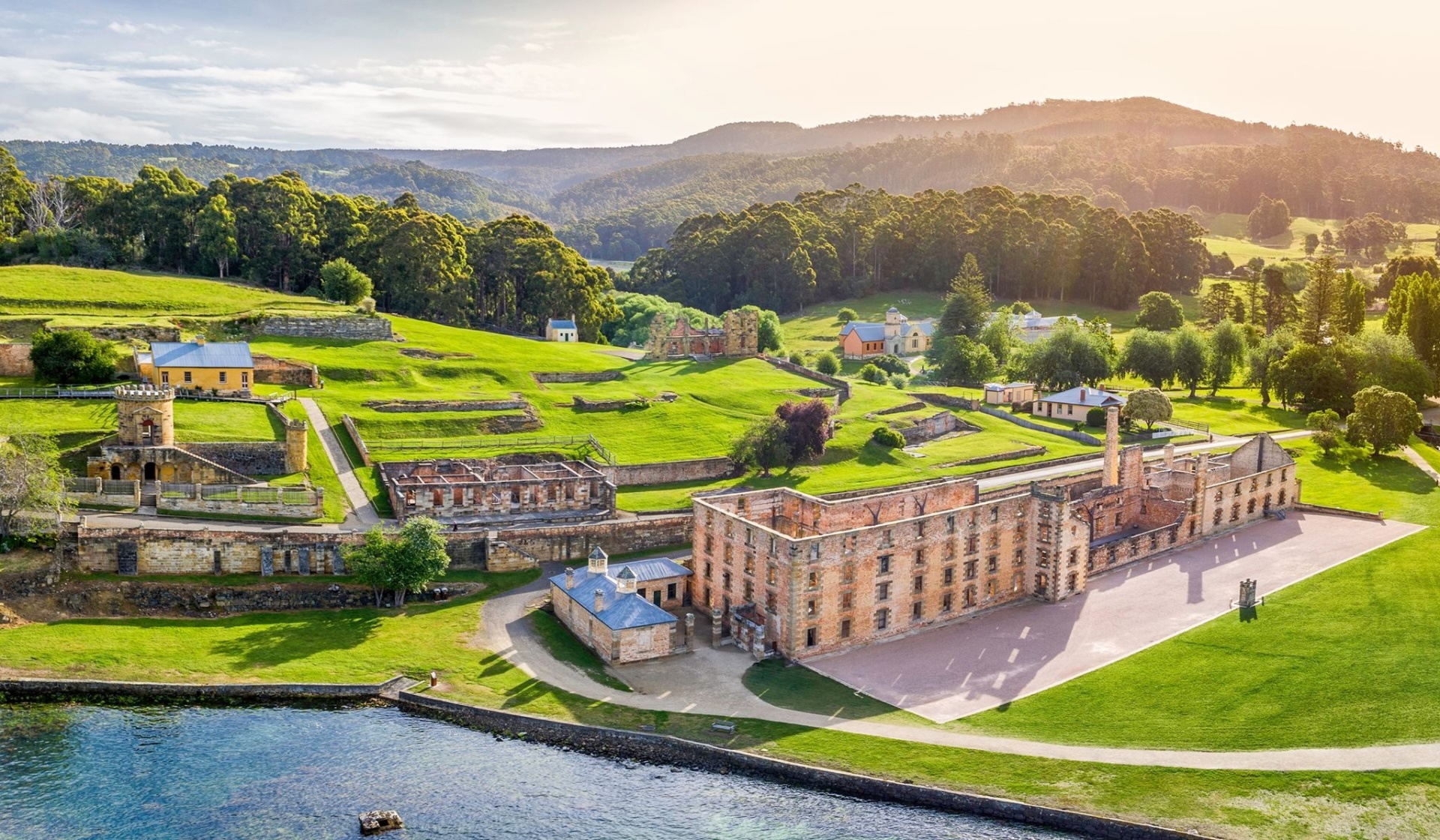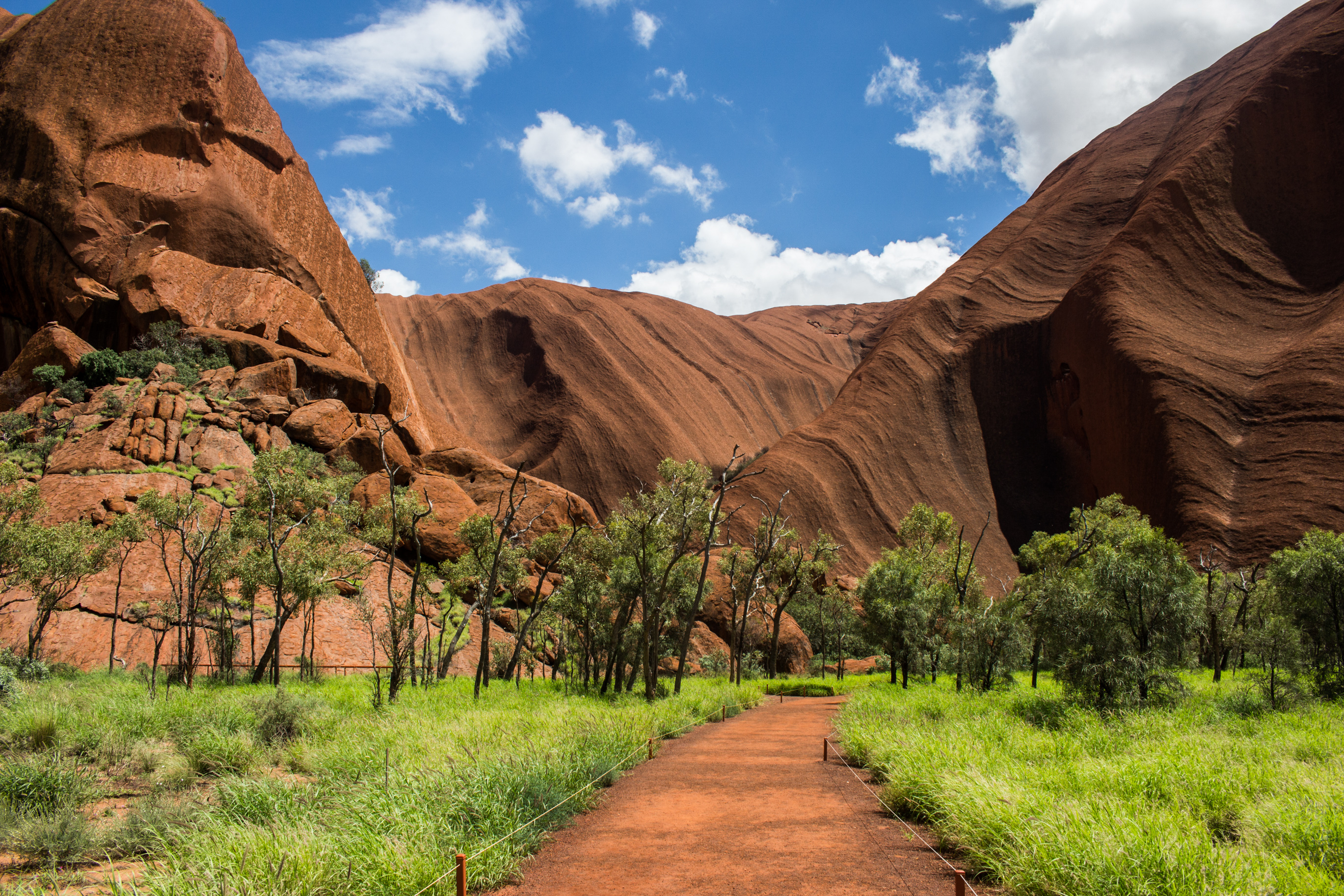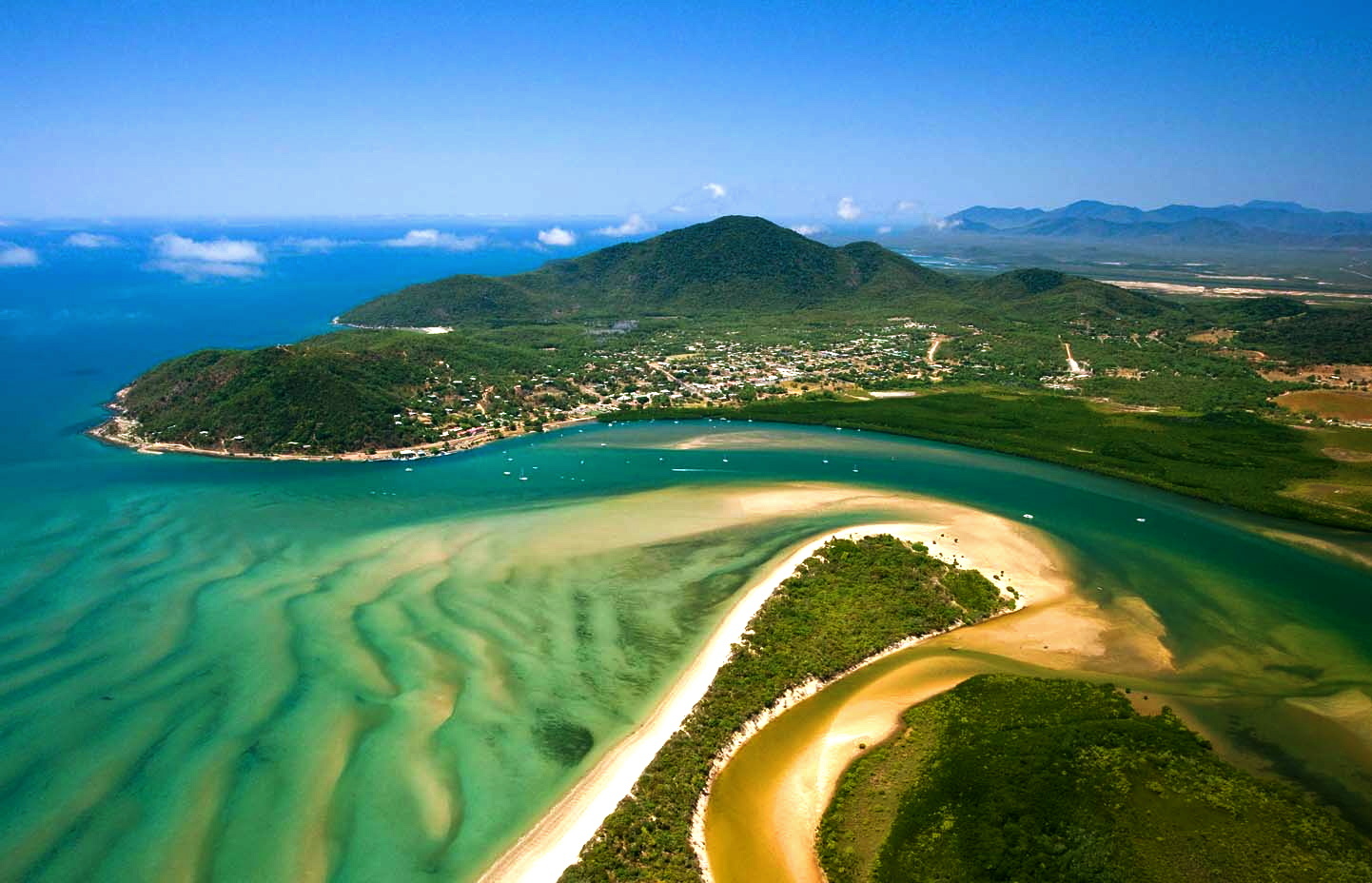The Best Most Iconic Places in Australia
The Big Pineapple
The Big Pineapple is a heritage-listed landmark in the Sunshine Coast Region in Queensland, Australia. Designed by Peddle Thorp and Harvey, Gary Smallcombe and Associates, and Paul Luff, the iconic structure stands at the end of Nambour Connection Road, Woombye. It is also known as the Sunshine Plantation. This architectural wonder has been a tourist destination for over a century.
The Big Pineapple, a 16-metre-high fibreglass structure, has been listed as a heritage site since 2009. Before being listed, the attraction was in a sad state of disrepair. It was once a very productive pineapple farm owned by Murdoch, but since the late '70s, the property has suffered from tax issues and allegations of mismanagement. It eventually closed its doors in October 2010.
Read More: https://bit.ly/3xiBl17
A new generation of business owners hopes to save the historic building and bring it back to life. New owners have already given the building a new coat of paint. The Farmer's Market has returned to the church carpark, and a new generation of children is stamping up the wooden steps of the Pineapple's core. The Big Pineapple is one of the 20 most iconic places in Australia
Mary's Cathedral
The Cathedral Church is Sydney's most famous landmark. Known as the Minor Basilica of Immaculate Mother of God and Help of Christians, it is a part of the Roman Catholic Archdiocese of Sydney. Archbishop Anthony Fisher OP, a Catholic priest, is a church member. There are several historical and religious reasons why it is one of the most iconic places in Australia.
St. Mary's Cathedral is the oldest surviving Gothic-style cathedral in Australia. It has undergone several restorations since it was first constructed in 1821. It contains a monument honouring the nation's war dead, including the 'Unknown Soldier, which stands in its aisle. It also has excellent views of the Sydney CBD. There are plenty of other reasons to visit this iconic building in Sydney.
Archbishop Vaughan was buried in the church's chapel. The church's richly decorated crypt enshrines early bishops and priests. The church has three bell rings. The first ring was installed in 1843, and the first rung on New Year's Eve 1844. The cathedral was later burned, but the bells survived. A new organ was installed in the gallery above the main door in the years that followed.
Cable Beach
If you've been to Broome, Australia, you've undoubtedly seen Cable Beach, a 22 km stretch of white sand. But did you know that Cable Beach was named after a telegraph cable between Java and Broome in 1889? Read on to find out more about why Cable Beach is one of Australia's most iconic locations. Read on to discover why Cable Beach is on our list of Australia's 20 most iconic places.
If you've been to Cable Beach, you know it's a great place to spend the sunset, and you can take a camel ride along the beach. Camel rides on Cable Beach are popular with tourists and last about an hour and a half. The camel ride starts by teaching tourists about camels and ends with strolling along the pristine sands and taking in the views.
Cable Beach in Broome, Western Australia, is a 22-km stretch of white sand and turquoise water renowned for its sunsets. Western Australia is home to several pink lakes, rolling waves and dazzling Cabble Beach. The Four Mile Beach in Broome is another iconic location in Western Australia. There is a 45-minute trek to reach it, but the reward is worth it.
Port Arthur Historic Site
A former convict settlement, Port Arthur has been a country's landmark for over two centuries. Its ruins are an intriguing look into the past. Today, visitors can explore this iconic historic site, once home to a large community of convicts. Here, visitors can learn about the lives of those who once dwelt there. If you're visiting the area, plan plenty of time for this fascinating place.
The history of Port Arthur is deeply rooted in the penal era when Britain first established it. In 1788, Britain began transporting convicts to Australia, a land then known as Van Diemen's Land. In 1830, the convict colony was named Port Arthur, and the town became the largest and most visited place in Tasmania. After the last prisoner was released, the buildings were sold to private investors. Curios travellers began visiting Port Arthur as early as the 1920s. Today, the site is atmospheric, as if time has stood still.
Uluru-Kata Tjuta National Park
The Uluru-Kata Tjuta National Park is a protected area in the Northern Territory of Australia. The area is famous for its iconic Uluru and Kata Tjuta rock formations. The park is a 1,943-kilometre drive south of Darwin and 440 kilometres from Alice Springs. It is connected to the Stuart Highway by the Lasseter Highway.
The Uluru-Kata Tju ta National Park is home to the Anangu people, who believe that ancestral beings created their culture and land at the beginning of time. The natural formations of Kata Tjuta and Uluru provide physical proof of this time. Anangu directors offer walking tours to explain the flora and bush foods of the area. Part of the Australian Department of Environment and Energy, Parks Australia also manages the park. Both Uluru and Kata Tjuta formed 350 million years ago during the Alice Springs orogeny period.
Uluru-Kata Tjuká National Park is located in the Red Centre of Australia and is home to many ancient wonders. It is named after Uluru, a 348-metre monolith and Kata Tjuta, a cluster of 36 giant domes. The Anangu people, who live in the park, consider Uluru too sacred to climb.
Cairns' Eureka Skydeck
If you're a Cairns native, you may have already been to the Eureka Skydeck, a stunning 88-story observation tower that offers stunning views of the city below. From the top, you can even take a guided tour of the city, pointing out some of the city's key points and previewing the stops that are to come.
Cairns has it all, whether you want to see a city's skyline, a breathtaking view of the Great Barrier Reef, or the picturesque Daintree National Park. From the city to its surrounding beaches, you'll find many things to do in Cairns. This tropical paradise has everything from the lush rainforest to the spectacular coral reefs.
Cooktown
If you love the ocean, you have probably heard of Cooktown, a coastal town in Queensland, located at the mouth of the Endeavour River in Far North Queensland. It was the site of a historical event: the Endeavour was beached here in 1770 for repairs. Today, the town boasts many attractions, including the Endeavour Museum. Read on to learn more about Cooktown and its ranks among the country's 20 most iconic places.
If you have never been to Cooktown, you may be surprised to learn that it is the site of the wreck of the H.M. Barque Endeavour, which struck the Great Barrier Reef off the coast of Cape Tribulation in 1770. After battling their way back up the coast, they were beached on the pristine Endeavour River. The crew stayed on the shore for almost four months before finally sailing back to England. Today, Cooktown is a popular northern gateway to Cape York and the Great Barrier Reef.
The Cooktown Museum explores the history of the town and its people. Former school halls and classrooms now house galleries showcasing stories of the town's Chinese heritage and the Palmer gold rush. During the 1800s, there was a separate Chinatown in Cooktown. The Cooktown Museum is also worth a visit. You can even take a trip back in time to enjoy the history of the place, including the Cooktown Cemetery.
Read More: https://amelia.gonevis.com/how-custom-printed-reverse-tuck-end-boxes-effect-your-business-strategy/









No comments